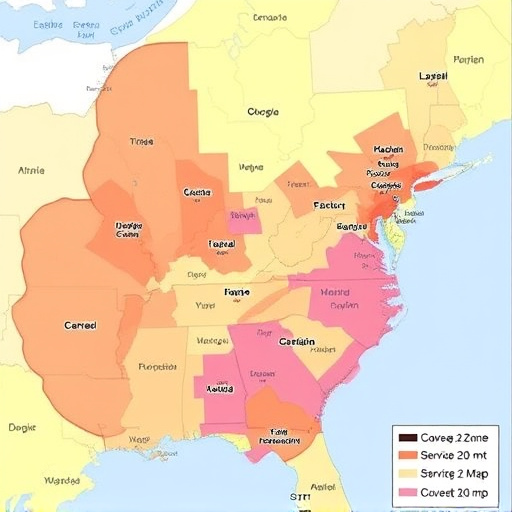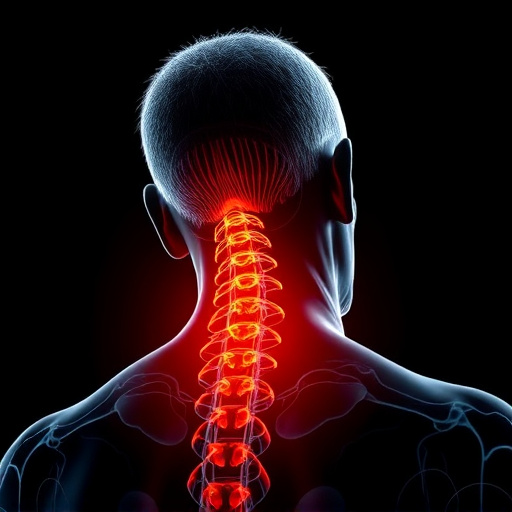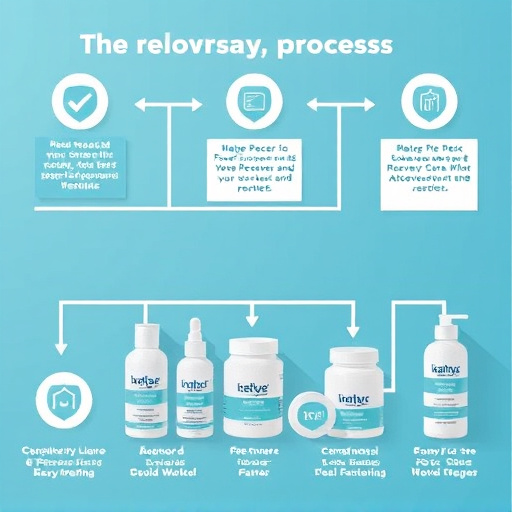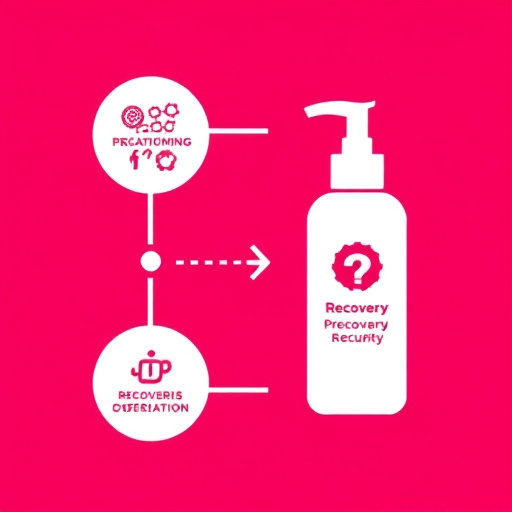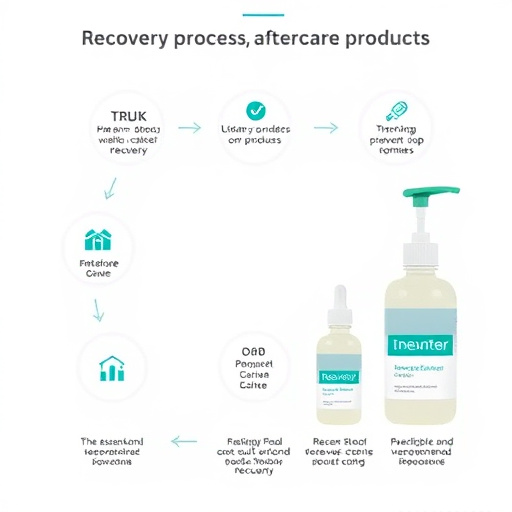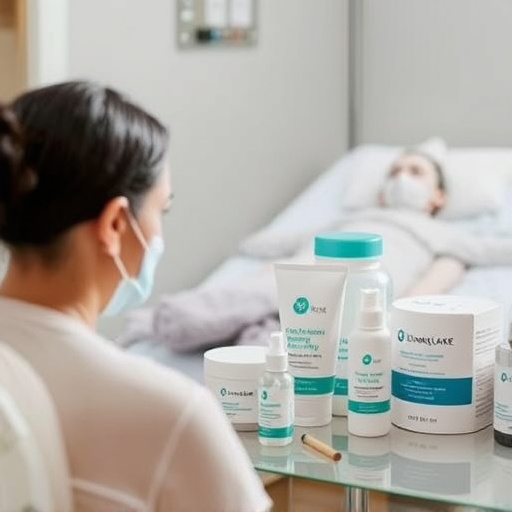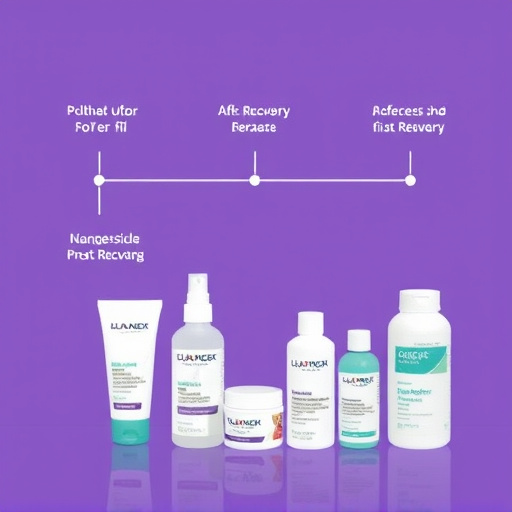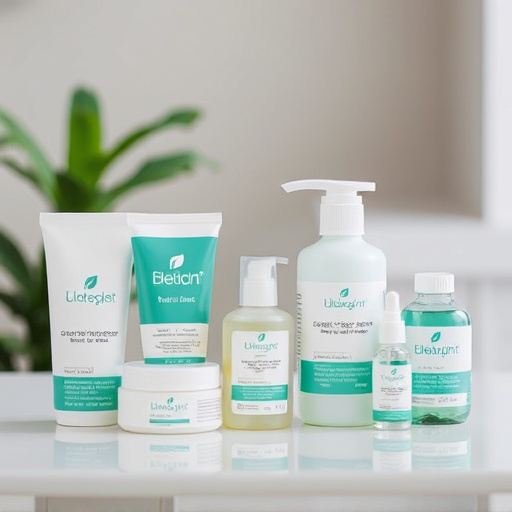Laser hair removal recovery involves managing side effects like redness and swelling (24-72 hours) while following aftercare instructions. Avoiding strenuous activities, direct sunlight, and specific skincare products ensures proper healing within weeks for smoother, longer-lasting outcomes. Initial redness/swelling subsides in 24-48 hours; avoid sunlight, strenuous activity, hot tubs/saunas post-treatment (up to a week). Most patients see notable hair reduction by two weeks, with complete results from multiple sessions spaced several weeks apart.
“Uncover the secrets to a swift and smooth laser hair removal recovery journey. This comprehensive guide aims to empower individuals seeking professional guidance on healing after this non-invasive procedure. From understanding the science behind laser hair removal to optimizing your body’s natural healing process, we provide valuable insights.
Learn about the expected timeline, what to anticipate during the recovery period, and discover tips to enhance comfort and results. Get ready to embrace a smoother, more confident you post-treatment.”
- Understanding Laser Hair Removal Recovery: A Comprehensive Guide
- Optimizing Your Body's Healing Process After Laser Hair Removal
- What to Expect: Realistic Timeline for Laser Hair Removal Recovery
Understanding Laser Hair Removal Recovery: A Comprehensive Guide
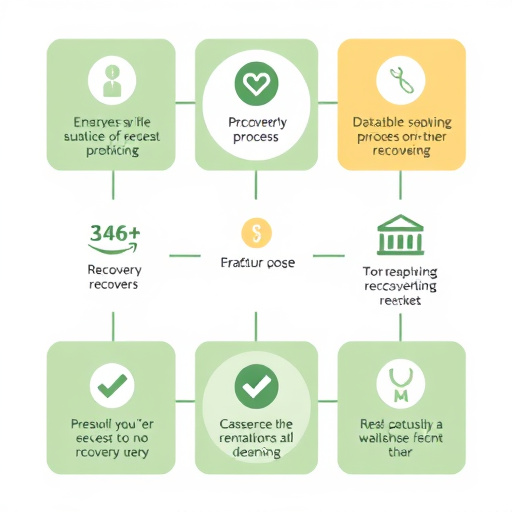
Laser hair removal is a popular method for permanent hair reduction, but understanding the recovery process is essential for optimal results and patient satisfaction. The recovery period after laser hair removal can vary depending on various factors, including skin type, the area treated, and individual healing capabilities. On average, most people experience a brief downtime of 24-72 hours following the procedure. During this time, it’s crucial to follow specific aftercare instructions provided by your healthcare professional.
The initial recovery phase involves managing potential side effects like redness, swelling, and mild discomfort in the treated area. Applying cold compresses can help alleviate these symptoms. Patients are typically advised to avoid strenuous activities, direct sunlight, and certain skin care products for a specified period to ensure proper healing. As the skin regenerates, hair growth slows down or stops altogether, leading to noticeable results within a few weeks. Understanding laser hair removal recovery time and following aftercare guidelines are key to achieving smoother, longer-lasting outcomes.
Optimizing Your Body's Healing Process After Laser Hair Removal

After undergoing laser hair removal, optimizing your body’s healing process is crucial for achieving the best results and minimizing potential complications. During the initial days post-treatment, it’s essential to keep the treated area clean and moisturized. Avoid strenuous activities or hot baths/showers that may irritate the skin. Applying a cool compress can help alleviate any discomfort and reduce swelling. Additionally, using gentle, hypoallergenic skincare products recommended by your professional ensures minimal disruption to the healing process.
The laser hair removal recovery time varies based on individual factors like skin type and treatment area. Generally, you can expect redness and mild irritation to subside within a few days. Following post-care instructions diligently will expedite healing and determine the exact duration of visible results. Remember that patience is key; while it might be tempting to rush the process, allowing your body to heal at its own pace ensures optimal long-term outcomes.
What to Expect: Realistic Timeline for Laser Hair Removal Recovery
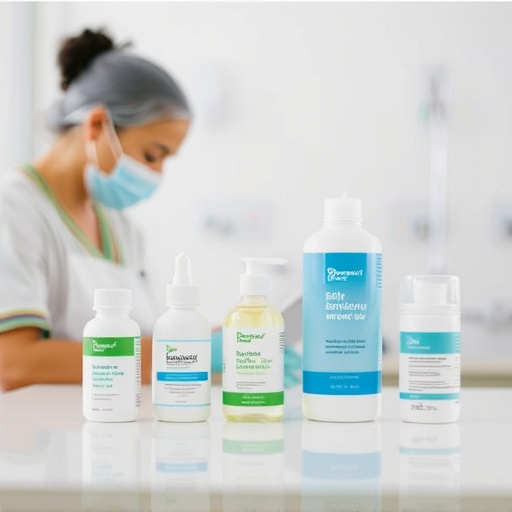
After undergoing laser hair removal treatment, it’s natural to have questions about what to expect during the recovery process. Understanding a realistic timeline can help ease anxiety and set clear expectations. The recovery period typically begins right after the procedure, with initial redness and swelling subsiding within 24-48 hours. This is usually when patients experience minimal discomfort, and the treated area may feel like a mild sunburn.
As the days progress, the skin starts to heal, and any redness should fade significantly by day 3-5. It’s important to avoid direct sunlight during this time and use sunscreen to protect the sensitive skin. Strenuous activities and hot tubs/saunas should be avoided for at least a week to prevent irritation. By around 2 weeks post-treatment, most patients notice that their treated areas are smoother, with significant hair reduction. The complete laser hair removal process may take several sessions spaced several weeks apart, depending on the individual’s skin type and hair growth patterns.
In conclusion, understanding and optimizing your body’s healing process after laser hair removal is key to achieving smooth, long-lasting results. By following a comprehensive guide like this one, which includes understanding the recovery timeline and adopting practices to enhance healing, you can ensure a successful journey towards permanent hair reduction. Remember, each individual’s experience may vary, but with patience and proper care, you’ll be well on your way to achieving the desired outcomes.


